Case

Case
A flanged ultrasonic water meter is installed via flange connections and is suitable for large-diameter pipelines (generally DN50 and above). It uses ultrasonic sensors to measure the flow velocity of water and calculates both the flow rate and total water consumption. As a non-mechanical flow metering device with no moving parts, it offers long service life and high reliability.
A flanged ultrasonic water meter is an electronic water meter connected to pipelines through flanged interfaces. It uses the transit-time principle or multi-path technology to accurately measure flow velocity and is equipped with digital signal processing capabilities.
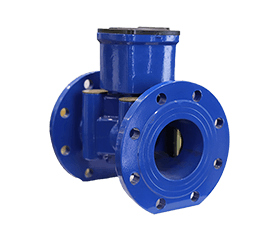
Accuracy class up to Class 2 or even Class 1
Unaffected by impurities, rust, or air bubbles in water
No rotating parts, unaffected by water quality
Ideal for raw or untreated water
Long service life with minimal maintenance
Supports R160+ dynamic range ratio
Suitable for scenarios with large flow rate variations
Stable installation and high pressure resistance
Suitable for high-pressure and high-velocity conditions
Supports horizontal or vertical installation
Equipped with remote transmission modules (e.g., NB-IoT, LoRa, 4G)
Supports real-time data on cumulative flow, instantaneous flow, temperature, and status alarms
Built-in data storage ensures data retention during power outages
| Application Area | Example Use Cases |
| Municipal Water Supply | Main pipelines of water utilities, district metering |
| Industrial Water | Large cooling systems, boiler inlets in factories |
| Agricultural Irrigation | Main irrigation lines, pump station outlets |
| Building Facilities | Water metering in commercial complexes, hospitals |
| Energy Systems | HVAC cooling systems, heating utilities |
| Environmental Projects | Water monitoring, inlet metering for wastewater treatment |
| Parameter | Recommendation |
| Pipe Size DN50–DN300 | Use flanged ultrasonic water meters |
| Large Flow Fluctuations | Select models with wide dynamic range (R160+) |
| Remote Management | Choose models with remote communication modules |
| Poor Water Quality | Use fully protected models (IP68) |
A threaded ultrasonic water meter uses screw-type (threaded) connections and is ideal for small-diameter pipelines in residential, commercial, and small industrial environments. It also uses ultrasonic flow measurement technology and has no mechanical parts, offering high accuracy, long service life, and smart capabilities.
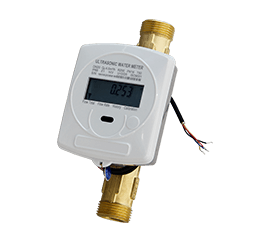
Threaded ultrasonic water meters are designed for pipe sizes DN15 to DN50, connected using standard internal or external threads. They rely on ultrasonic sensors to measure flow velocity, enabling precise metering and intelligent management.
Standard thread interfaces (G1/2, G3/4, G1, G1.5, etc.)
Direct replacement for traditional mechanical water meters
Compact installation space, suitable for household points
Accuracy up to Class 2 or Class 1
Capable of detecting even low flow rates
No blind zone at startup flow
Smooth, obstruction-free flow path
No impellers, unaffected by scale or rust
Not prone to clogging, adaptable to various water qualities
Built-in modules (NB-IoT, LoRa, M-Bus, etc.)
Supports remote meter reading and valve control
Enables automated shutoff for unpaid accounts and remote reactivation
Battery-powered with ultra-low power consumption
Service life up to 6–10 years
No external power required, easy deployment
| Scenario | Description |
| Residential Use | Household water metering in communities |
| Commercial Use | Shops, office buildings, cafés, etc. |
| Property Management | Centralized remote meter reading and billing |
| Schools/Hospitals/Hotels | Floor-wise or zone-wise water monitoring |
| Retrofit Projects | Smart upgrades for old residential areas |
| Parameter | Recommendation |
| Pipe Size DN15–DN40 | Use threaded ultrasonic water meters |
| Limited Installation Space | Threaded meters save space |
| Need for Remote Reading | Configure NB-IoT or similar modules |
| Budget Constraints | Threaded meters offer better cost-effectiveness |
| Comparison Item | Threaded Ultrasonic Meter | Flanged Ultrasonic Meter |
| Connection Type | Threaded | Flanged |
| Applicable Pipe Size | DN15–DN50 | DN50 and above |
| Installation | Quick and easy | Robust and stable |
| Use Cases | Residential, commercial, light industry | Municipal, industrial, main pipelines |
| Cost | Relatively low | Higher |
| Smart Features | Supported | Supported |
Confirm model, diameter, and flow direction match the site specifications
Inspect appearance for damage during transport
Clean the pipeline to prevent debris from blocking or damaging the sensor
Avoid strong magnetic or electromagnetic interference
Avoid areas exposed to direct sunlight, high temperatures, or vibrations
Keep surroundings dry for easier maintenance
Clean meter and pipe threads; wrap PTFE tape
Install horizontally (some models support vertical installation)
Align the arrow on the meter body with the flow direction
Tighten using an adjustable wrench, avoid over-tightening
Check for leaks after installation
Maintain straight pipe lengths: ≥10D upstream, ≥5D downstream (D = pipe diameter)
Avoid installing near pump outlets, elbows, or valves
Do not install upside-down or at an angle
Align with pipe flanges and place gasket
Insert bolts and tighten diagonally and evenly
Ensure firm installation without stress on the meter body
Ensure the flow direction matches the arrow on the meter
Recommend installing bypass pipelines for easy maintenance
Ensure sufficient space for disassembly
Maintain adequate straight pipe lengths
Follow the user manual strictly for wiring, noting polarity
Ground shielding wires to avoid interference
Waterproof the terminal box if needed to prevent ingress
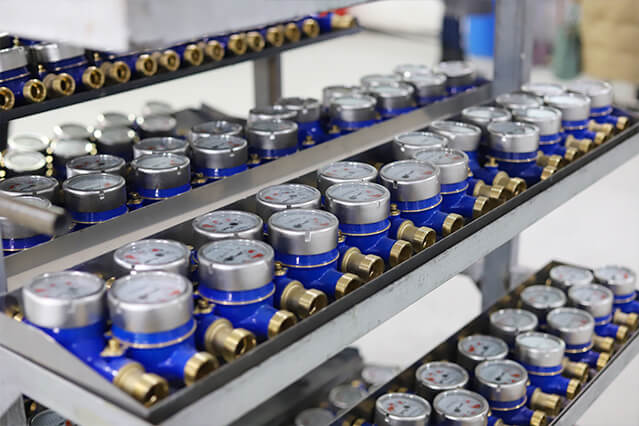

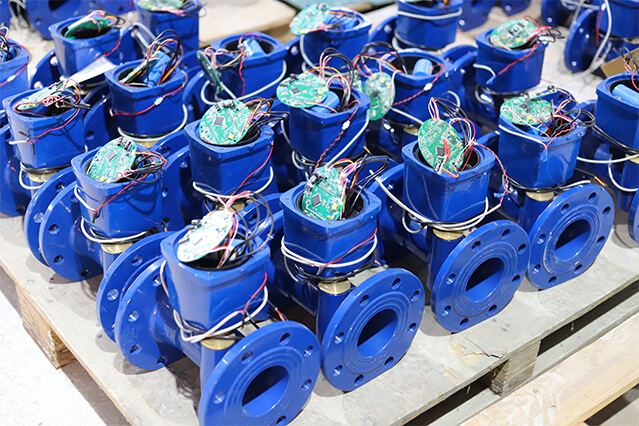
Quarterly checks for operation and data transmission
Clean the outer shell to avoid obstruction of readings
Recommend calibration every 2–3 years
Rinse sensors periodically in poor water conditions
| Issue | Possible Cause | Solution |
| No Flow Reading | No water / device malfunction | Check water supply and power |
| Inaccurate Readings | Air bubbles / pipe vibrations | Install stabilizer, release air |
| Data Anomalies | Signal interference | Check wiring and external sources |
| Comparison Item | Threaded Meter | Flanged Meter |
| Installation Size | Small (DN15–DN50) | Large (DN50 and above) |
| Connection Type | Threaded | Flanged |
| Installation Difficulty | Low (residential/community use) | Medium to high (industrial/municipal) |
| Disassembly Convenience | High | Requires tools and space |
| Cost | Lower | Relatively higher |
Previous Selection of fluorine lined valves
Next What is a PVC Valve?